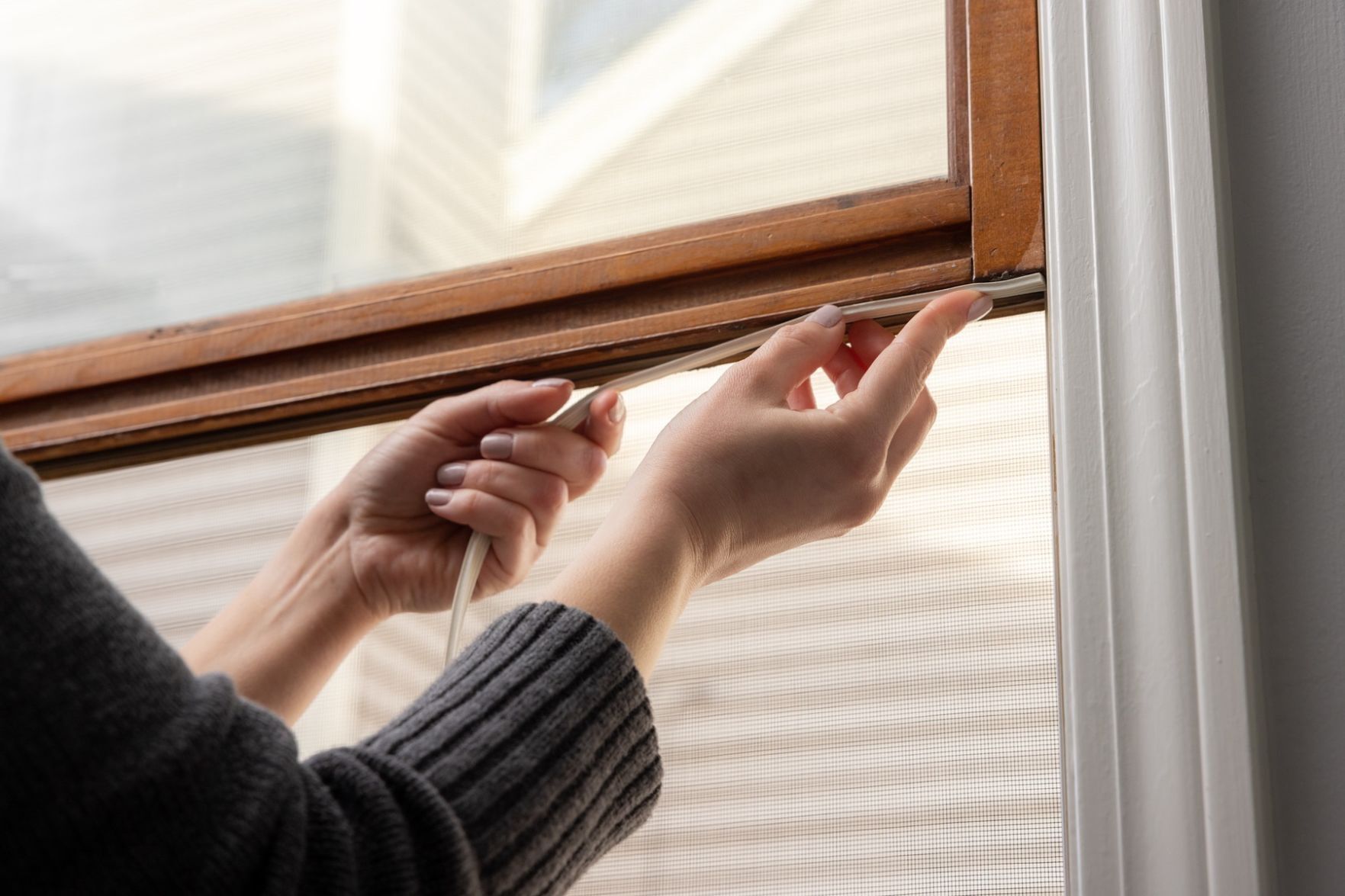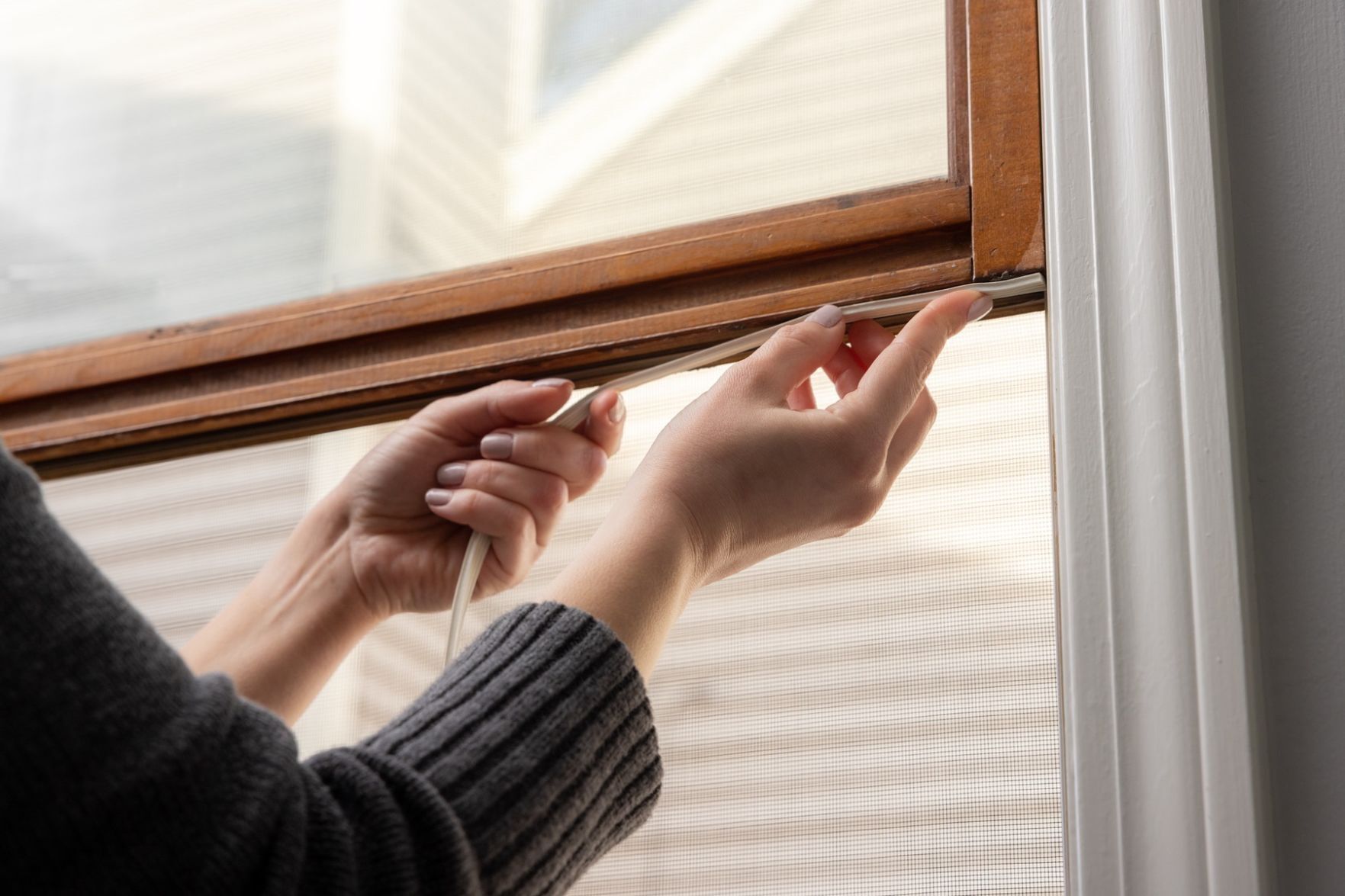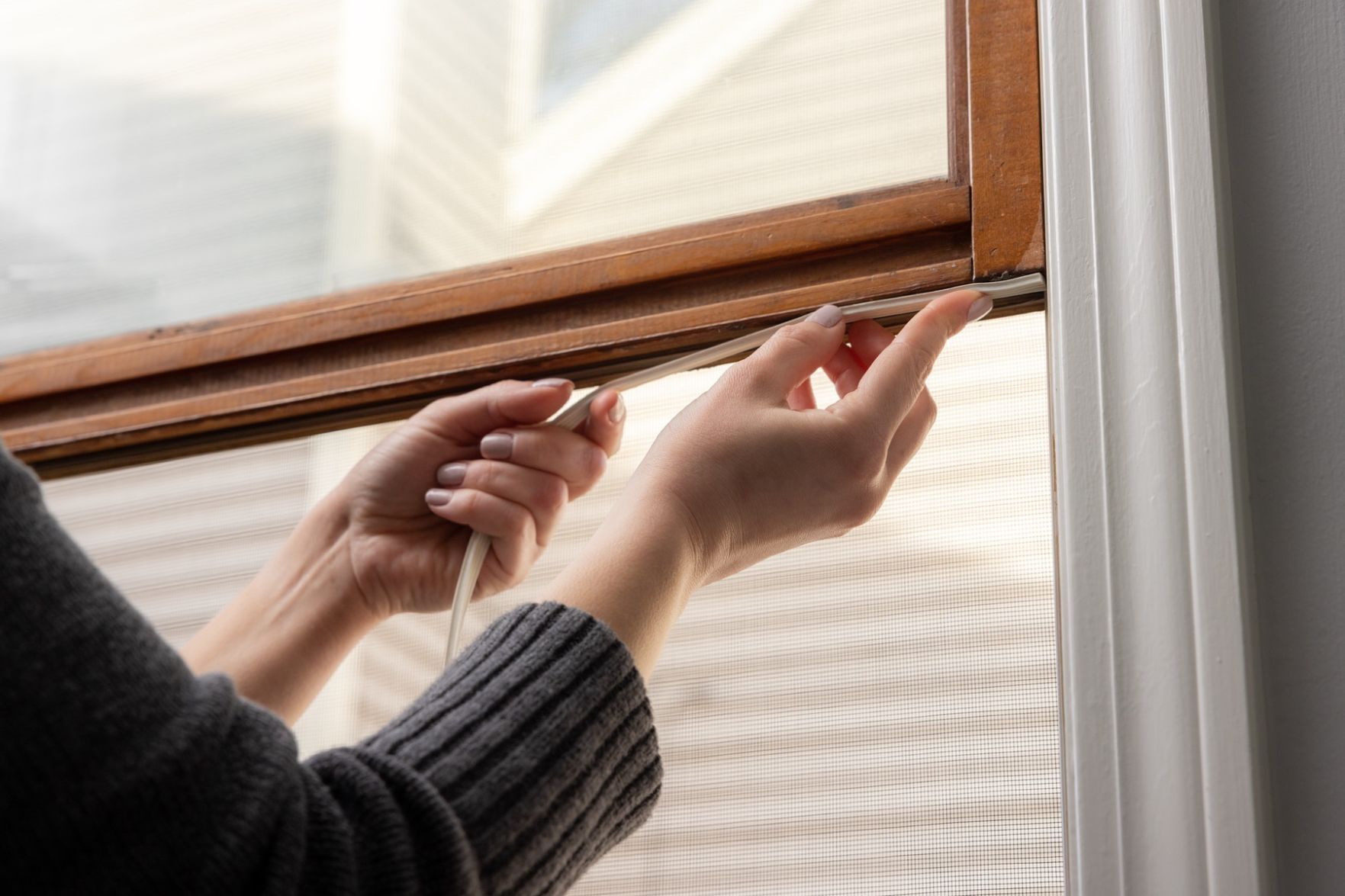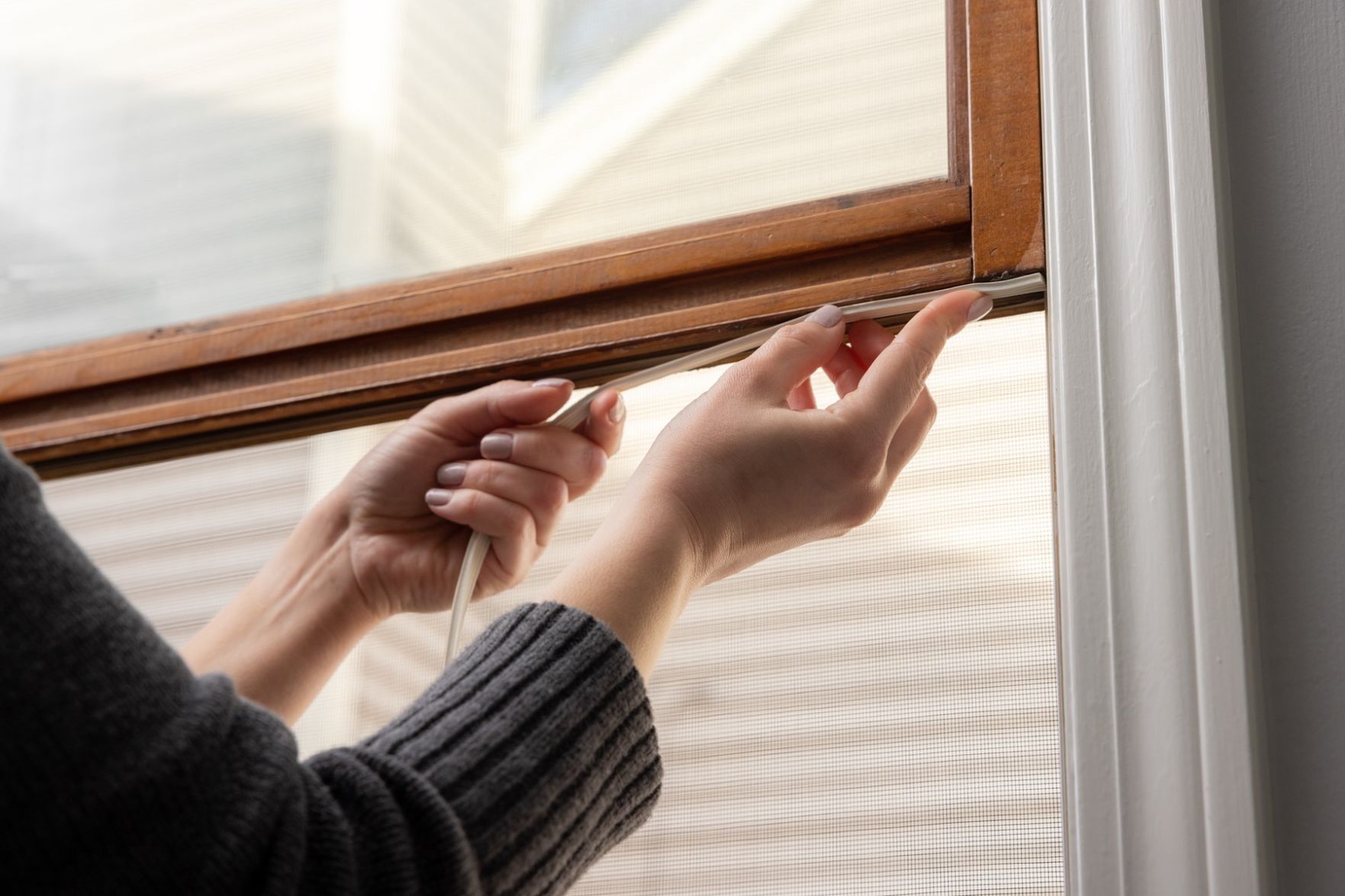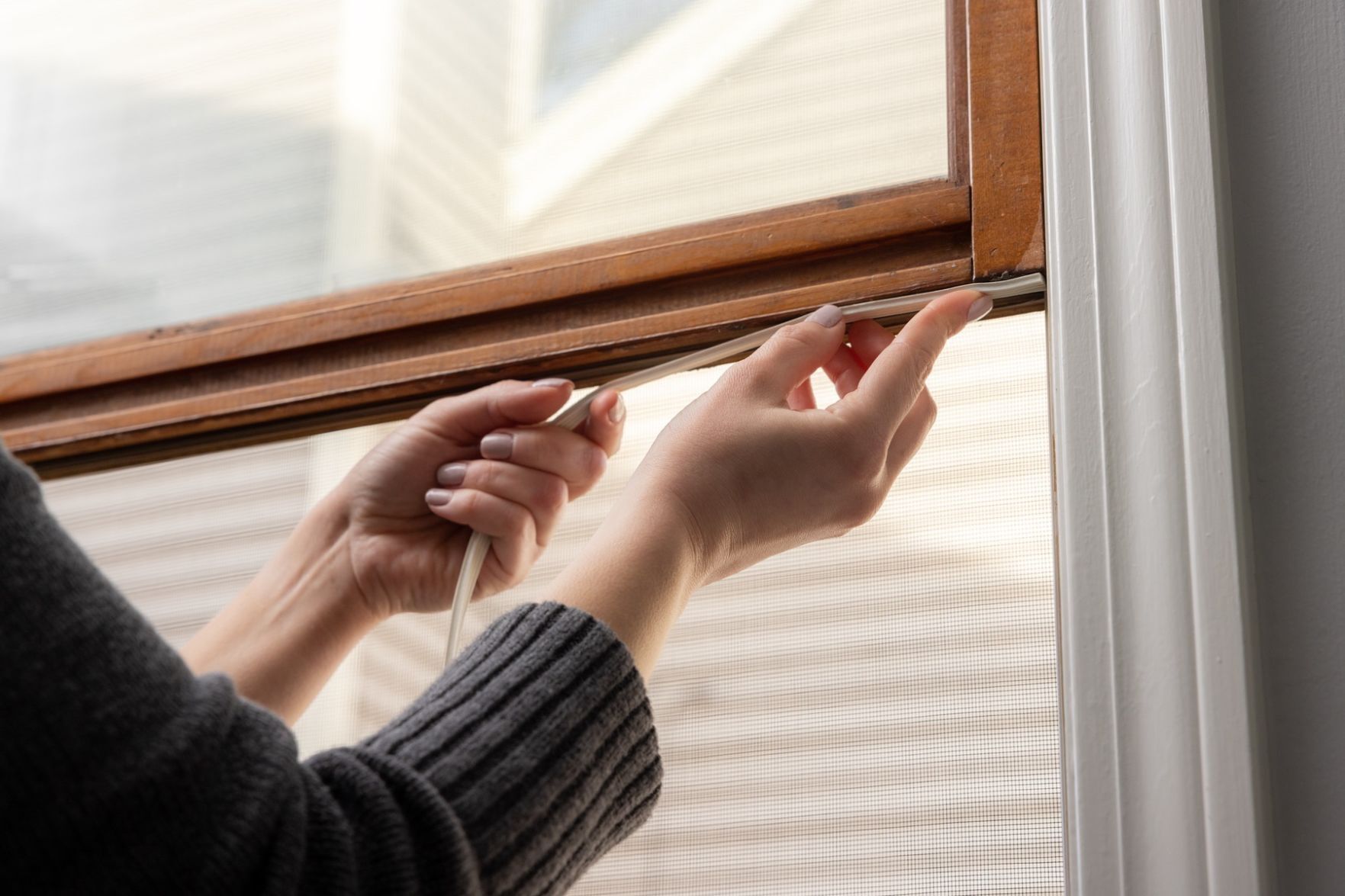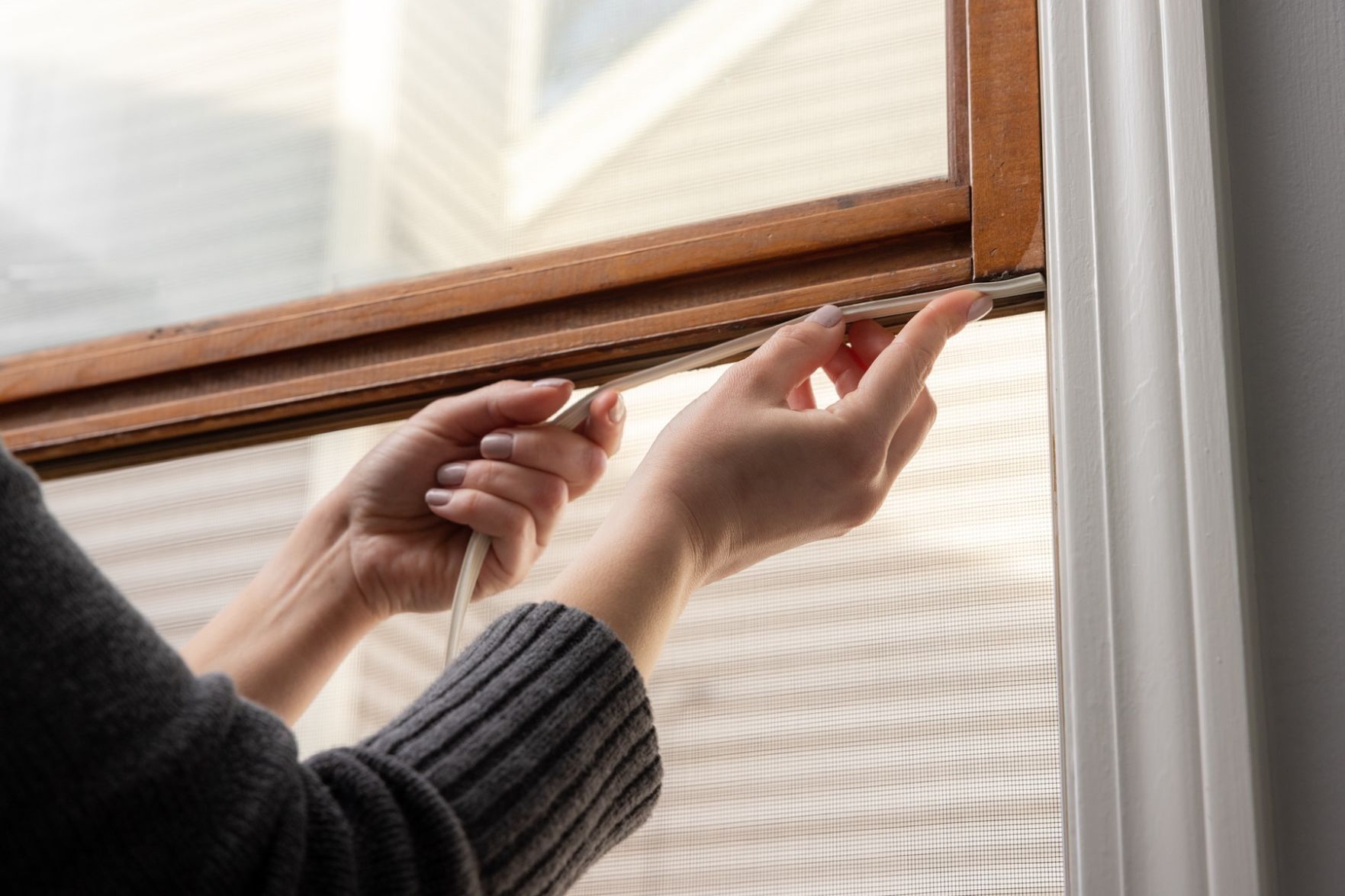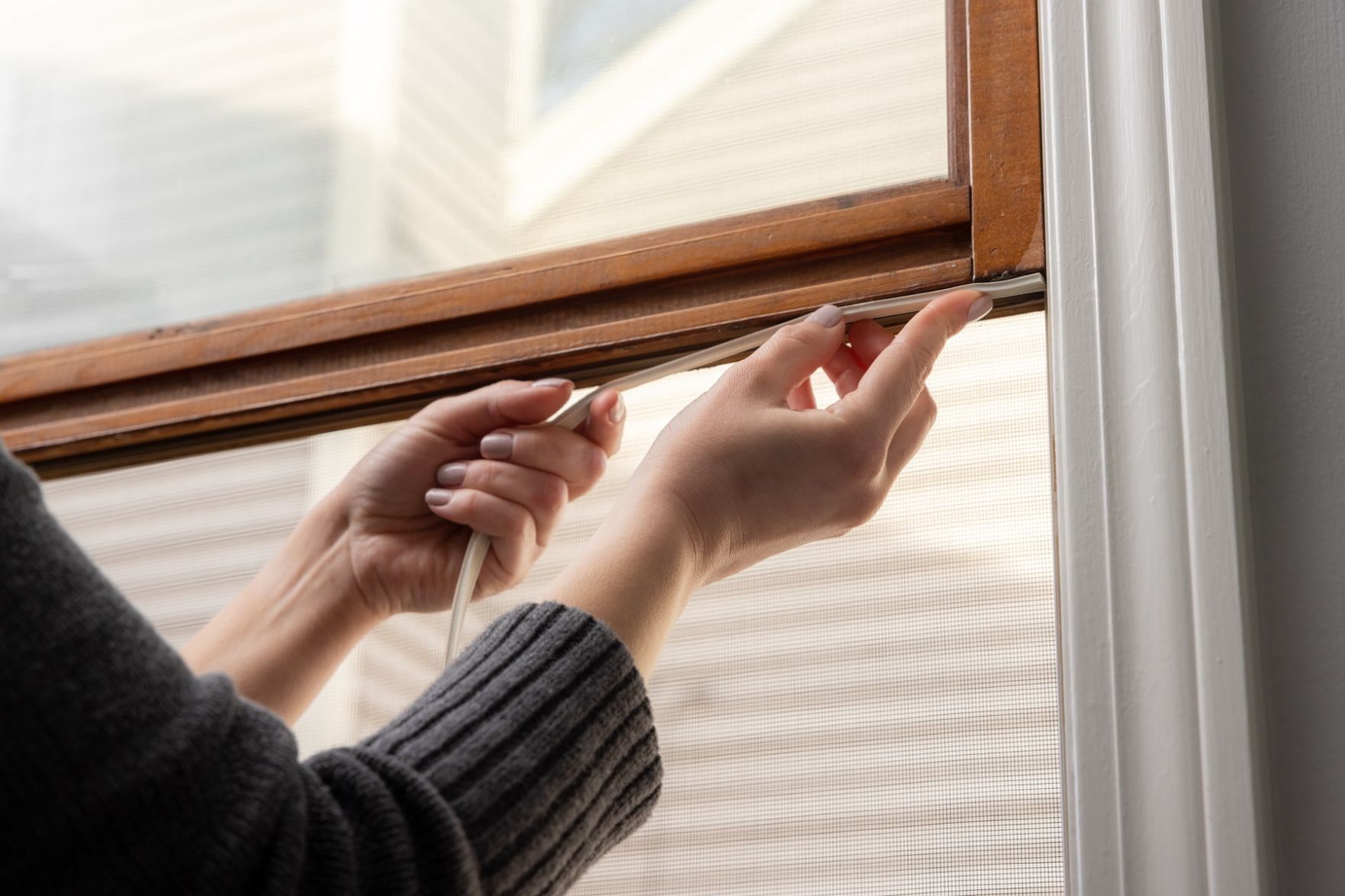Prepping windows for cold, gusty weather is essential no matter your home’s age, but what exactly needs to be done?
Read on for the ultimate breakdown of how to seal windows and protect your home from the winter chill.
Step 1 Test for air leaks. Any style of window could have small air leaks that allow drafts and moisture to enter without your knowledge. Check your windows’ seals by lighting a match or candle and seeing if the smoke is affected by a breeze. The smoke trail can help pinpoint any small cracks you should address while weatherizing.
Step 2 Fill the seals. Reinforcing the seal around the entire window frame will ensure it’s ready for cold weather. This can help lower utility costs by stopping leaks. Updating these seals every few years helps keep the window frame in the best possible shape and maintains protection from the winter winds.
Step 3 Restore with paint. Updating your window with a fresh coat of primer and either paint or stain helps keep it in great condition for a change in season. Not only will it provide a new look, but paint or stain also creates a tight seal around the wood framework and acts as an additional barrier for pinhole cracks or air leaks.
Step 4 Insulate the frame. Winter weather can be brutal in certain regions. Rolled window insulation kits are crystal clear and create an additional cold-air barrier for when you need extra protection on top of foam seals. The window kit film comes in an easy-to-use roll of shrink film, which means no measuring is needed, and excess film can be cut once applied. Once secured to indoor window frames, the film provides an airtight seal that can be removed once warmer weather arrives.
Step 5 Add thermal protection. After preparing your window for the approaching winter winds, swap out your everyday curtains for thicker, thermal fabric window treatments. These insulating curtains typically have two or three layers of thick fabric, combined with a layer of acrylic foam, to prevent air infiltration and cold.
Precautionary steps to seal in warm air and keep out potential drafts will help reduce energy costs this winter and help protect the longevity (and comfort) of your home.

